It’s marvelous how each of the islands in this rather small chain has such a unique character. While Hydra and Spetses may be the best known, the charmingly lower-profile Aegina and Poros offer their own special charms, all the more delightful for being lesser-known.
Aegina
Less than an hour from Piraeus, and with several boats a day, Aegina is a popular weekend and holiday destination for Athenians. Like Spetses and Hydra, this island of the Saronic Gulf has something of an aristocratic character – this was for a short period (1827-1829) the temporary Capital of the newly formed Greek State, and grand neoclassical structures date from this time.
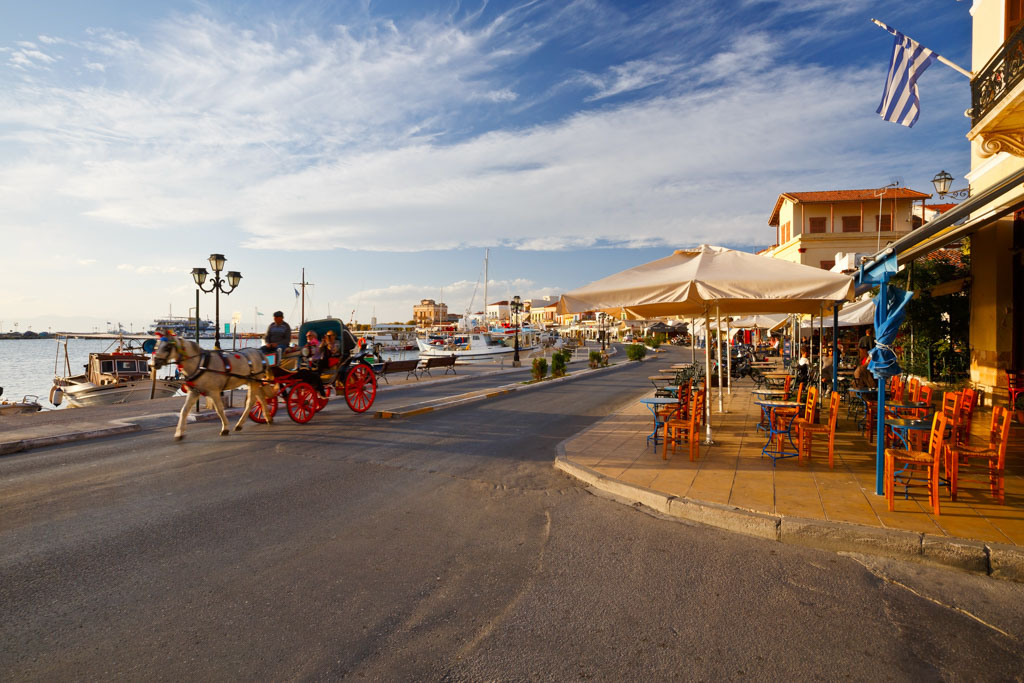 Aegina town is not the island’s first capital though. Inland, a little over 3 km south of the northern coastline, is a lush green hilltop. Far from the eyes of roving pirates, this is where the 9th century Byzantine village of Paleochora was built. It was a very devout place – featuring 366 churches and 800 homes. In the 19th century, the village was finally abandoned in favor of the port town, and it remains a fascinating historic site.
Aegina town is not the island’s first capital though. Inland, a little over 3 km south of the northern coastline, is a lush green hilltop. Far from the eyes of roving pirates, this is where the 9th century Byzantine village of Paleochora was built. It was a very devout place – featuring 366 churches and 800 homes. In the 19th century, the village was finally abandoned in favor of the port town, and it remains a fascinating historic site.
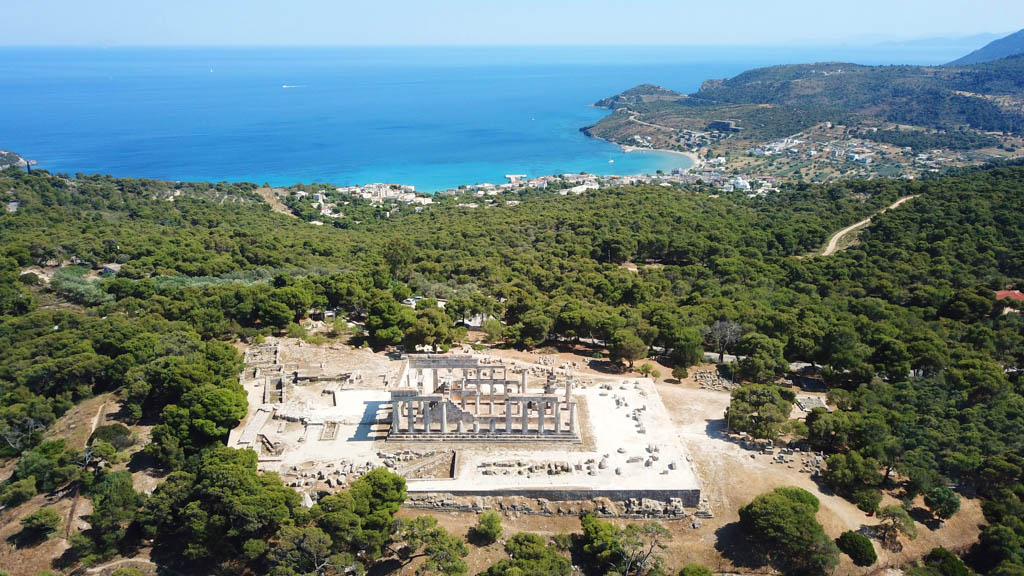 But the island’s historic pedigree goes back much further than that; about 5 km east of Paleochora, in the northeast portion of Aegina, you’ll find the glorious Temple of Aphaia. This magnificent Doric temple, much of which is intact, was dedicated to the mother goddess Aphaia, worshiped only here. Dating from 500 BC, it’s slightly older than the Parthenon of Athens.
But the island’s historic pedigree goes back much further than that; about 5 km east of Paleochora, in the northeast portion of Aegina, you’ll find the glorious Temple of Aphaia. This magnificent Doric temple, much of which is intact, was dedicated to the mother goddess Aphaia, worshiped only here. Dating from 500 BC, it’s slightly older than the Parthenon of Athens.
A Peaceful, Creative Retreat
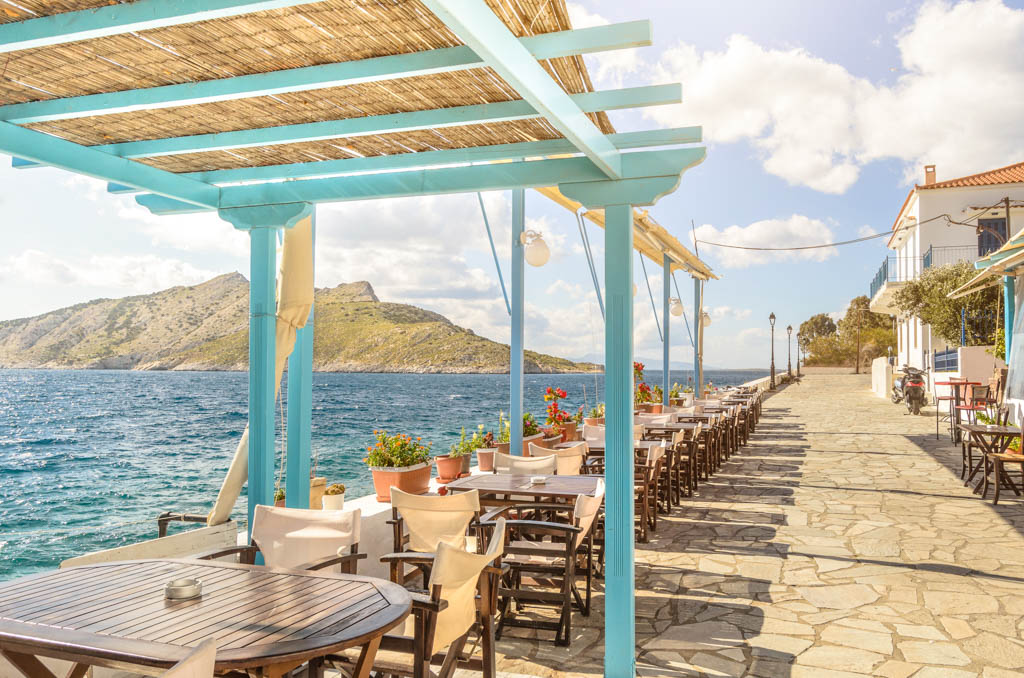 Aegina has a relaxed mood, combined with such easy access to the cultural attractions of the capital. It therefore is conducive to creative activity. Aegina has long been a favorite destination for writers, in particular. There are still wonderful organized retreats for those wishing to connect with the serenity of the natural environment and tap into their creativity and focus.
Aegina has a relaxed mood, combined with such easy access to the cultural attractions of the capital. It therefore is conducive to creative activity. Aegina has long been a favorite destination for writers, in particular. There are still wonderful organized retreats for those wishing to connect with the serenity of the natural environment and tap into their creativity and focus.
Green and Delicious
Aegina is synonymous with pistachio nuts – literally synonymous, for their Greek name is ‘peanuts of Aegina.’ The pistachios grown here arrived most likely from Syria in the later part of the 19th century. The calcium rich soil and dry growing conditions contribute to a nut of unusually fine aroma, widely recognized as some of the world’s finest pistachios. A cooperative of growers was established in 1947, and pistachios of Aegina were awarded PDO status 50 years later. Late July through mid September each year, the island celebrates its signature crop with a festival. In addition to gastronomic events, there are exhibitions, concerts, and other cultural activities.
A History in Clay
Speaking of the soil, Aegina is also famous for its superb clay, a white or yellow argyll. The tradition of pottery on Aegina dates to antiquity. The tradition continues into the present; this particular clay has a very special property – it manages to keep water cool, making it invaluable for water jugs, popular not just locally but throughout Athens and Piraeus and elsewhere.
Peacocks
For an even more peaceful retreat, you may wish to boat over to the tiny islet of Moni, a haven for wild peacocks. They are so used to the people that they roam freely among visitors, a lovely sight. They are joined occasionally by deer.
Poros
Lovely green Poros – which is actually two islands (Kalavria and Sfera) – is about an hour from Piraeus but just a five minute ferry from Galatas in the Peloponnese. It has perhaps the lowest profile of all of the islands of the Saronic Gulf. That adds to its charm. The port is a wonderful sight, with the town rising along the hillside, traditional white homes with red-tiled roofs, topped by the clocktower, a favorite landmark. Henry Miller describes the port with enthusiasm in the “Colossus of Maroussi” – he stopped here en route to Hydra with the poet George Seferis.

The Sanctuary of Poseidon
In the north of the island are the ruins of what once was an important religious and civic site. The 6th century BC Doric Temple of Poseidon was the center of a Kalaureian amphictyony, a centralized cooperative for religious and also civic matters, for surrounding city-states including Epidaurus, Prassies, Hermione, and Aegina.
Vagionia Beach
Just 3 or 4 kilometers from the Sanctuary of Poseidon is a gem of a beach. Vagionia is actually a perfect little secluded cove of jade waters. This protected bay offers superb swimming and snorkeling. Trees surround the idyllic location.
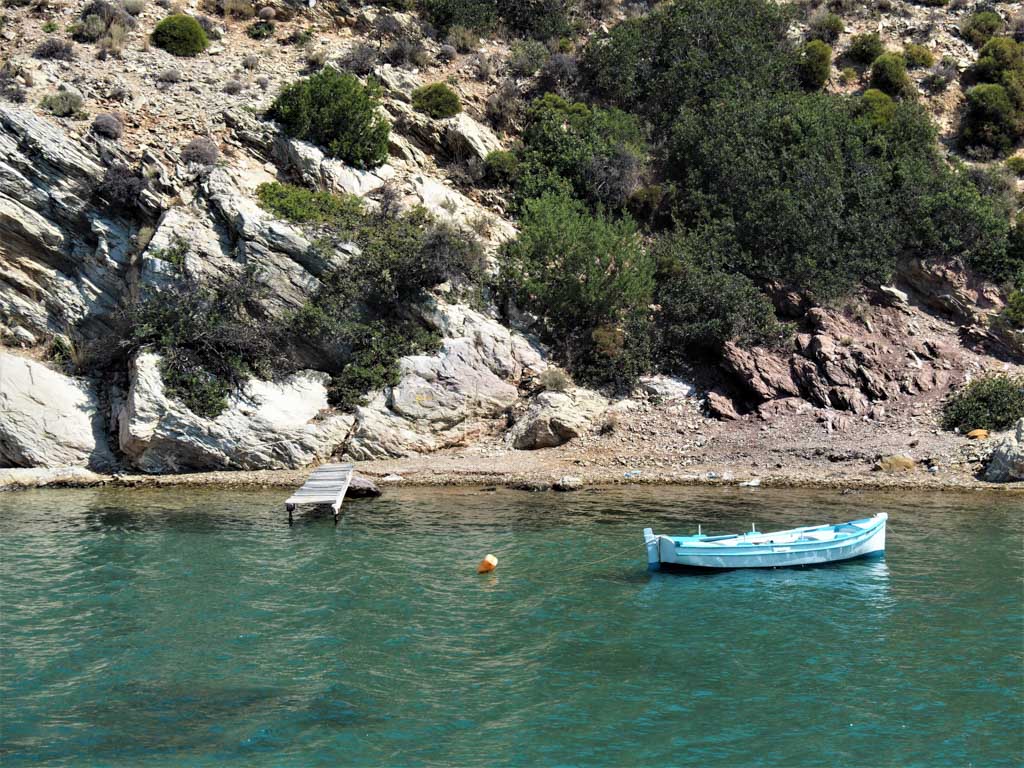
Russian Dockyard
Russian ships came to the aid of Greece in the 1770s – the Orlov revolt. During this time, they established a presence on Poros, making a naval base here. After the liberation of Greece, warehouses and bakeries were set up to supply the Russian fleets in the Aegean, along with a dockyard. The Russian presence ebbed after 1900, but the picturesque ruins of the dockyards remain, commemorating Russia’s role in the Greek struggle.
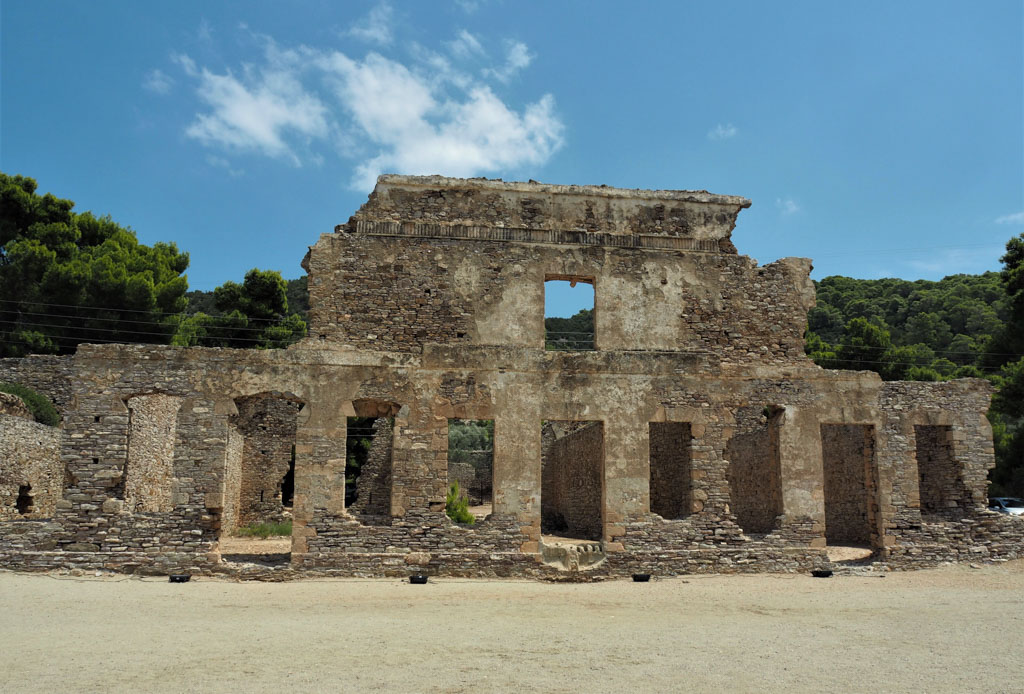
Akra Dana Lighthouse
Near the Russian dockyards and on the western tip of the island, a lovely historic lighthouse watches over the narrow strait that separates Poros from the mainland. The Akra Dana Lighthouse was built in 1870, and restored at the beginning of this century.
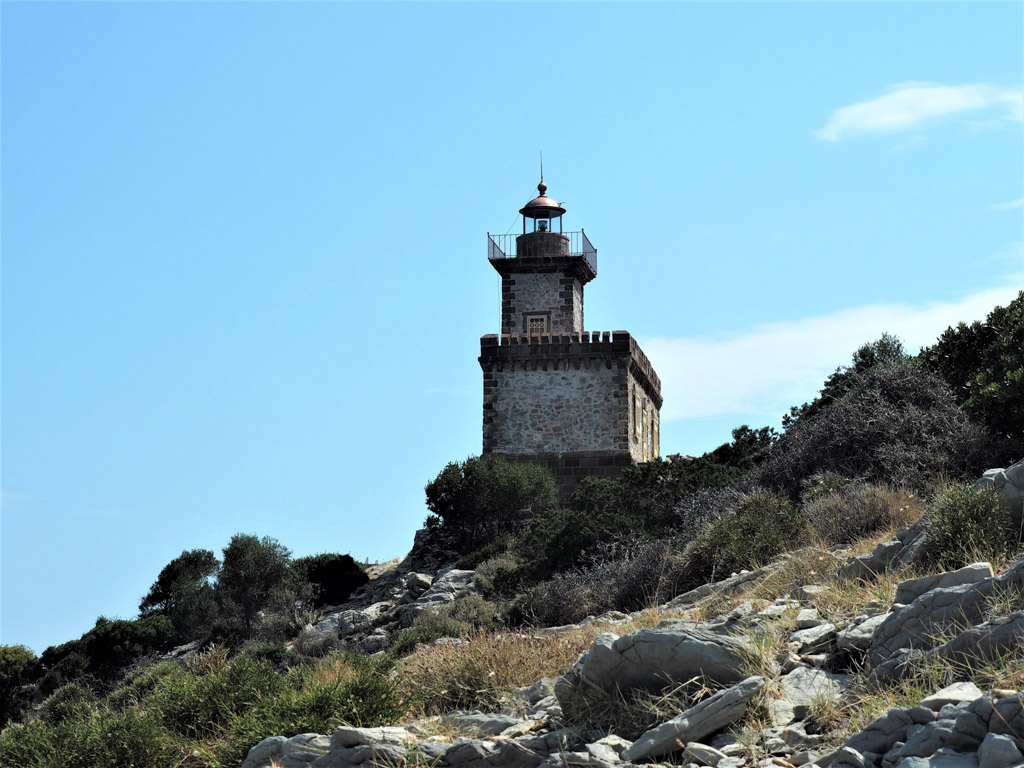
Culture in the Islands
For Classical music fans, the Saronic Islands are a wonderful destination in August. World-Class Chamber Music ensembles gather here for a series of concerts on Poros as well as on Hydra and in neighboring Galatas and Methana.
The Saronic Islands
Have you ever vacationed like an Athenian? These lovely Saronic islands, so close to the capital and yet so peaceful, are a favorite getaway.





